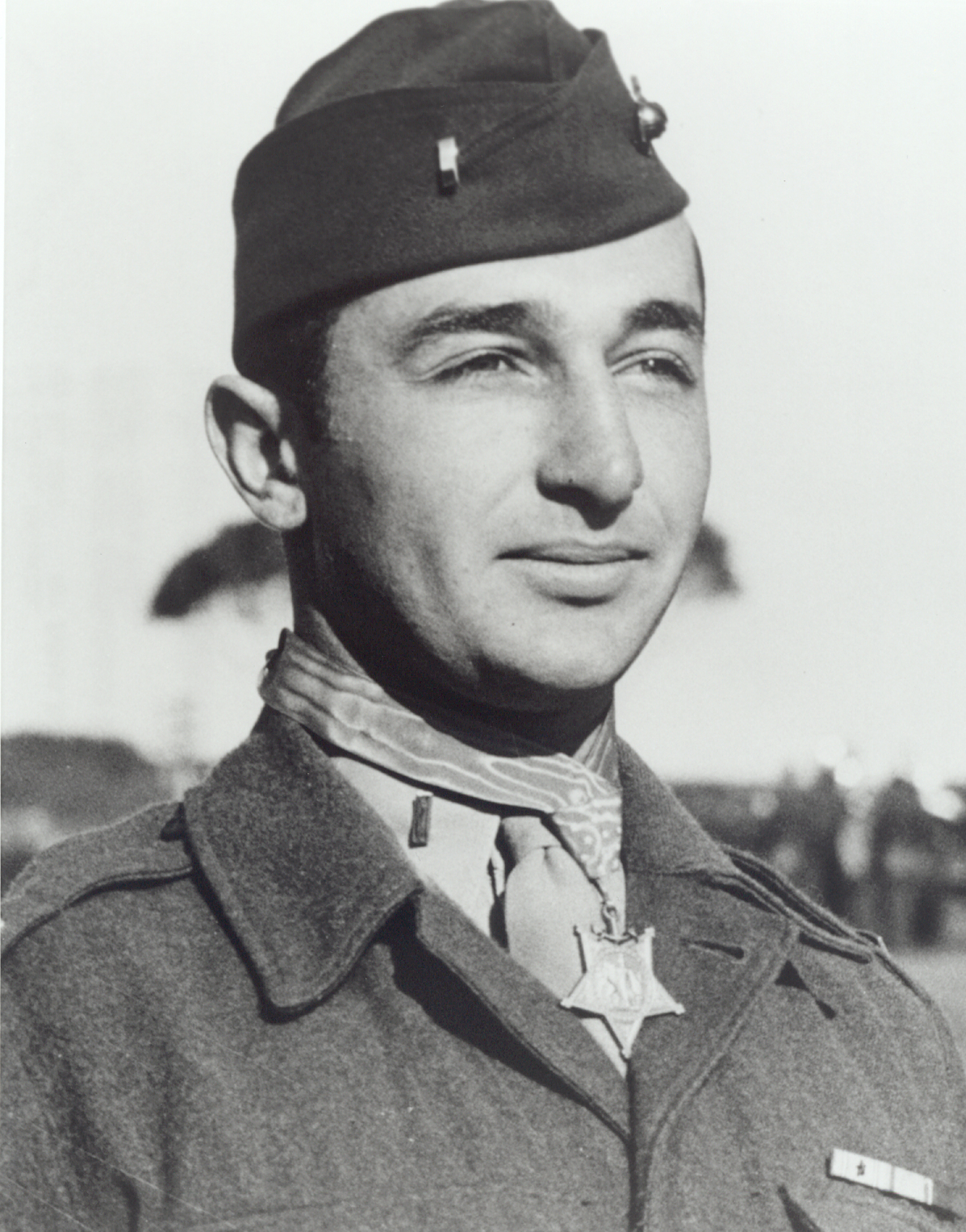|

Not what you thought?

Pictured above is one of the most iconic images in American history, even though it’s historically inaccurate. The painting, titled “Washington Crossing the Delaware,” depicts the start of the Battle of Trenton, a famous battle in the American Revolution. General George Washington is leading the Continental Army across the Delaware River into Trenton, New Jersey, late on the evening of Christmas, 1776. Across the river were a garrison of German soldiers-of-fortune known as Hessians, who were fighting in support of the British. Washington’s army overwhelmed the surprised Hessians, and the colonies were able to recapture Trenton before noon the next day. The battle is widely regarded as one of the key moments in the War of Independence, acting as a rallying point for the outnumbered and otherwise overmatched colonists in their struggle versus the British.
The Americans, of course, won the war. But the British destroyed the painting.
Washington Crossing the Delaware was painted by a German American artist named Emanuel Gottlieb Leutze, who completed the depicted version in 1851. It wasn’t the first version, though. Leutze painted the original version in 1848; according to Wikipedia, he wanted to encourage the undercurrent of revolution in Europe (such as the Revolutions of 1848), and believed that depicting this American triumph would further that purpose well. Unfortunately, the original painting was partially destroyed when Leutze’s studio caught on fire, so the artist painted a second copy. That second copy ended up at the Metropolitan Museum of Art in New York, where it remains today. And in 1863, Leutze decided to restore the original version, selling it to the Kunsthalle Bremen, an art museum in Bremen, Germany. Both versions measured in excess of 12 feet tall by 21 feet wide, an immense surface area for an oil-on-canvas creation. (The Mona Lisa, for example, is about one-sixtieth the size.)
The original painting, though, no longer exists. Shortly after the beginnings of World War II, the Knusthalle Bremen was closed to the public and its collections were moved into the building’s basement, in efforts to keep these rare works of art safe. However, Washington Crossing the Delaware was too large to remove from the gallery. On September 5, 1942, firebombs from a British air raid struck the museum, and the priceless work of art was turned into ash. Finally, the British defeated George Washington, although most certainly not in the way they had wished.
Bonus Facts: Washington Crossing the Delaware has been the subject of censorship in American schools many times over, and as recently as 2002. The historical inaccuracies aren’t the problem, either. At issue is General Washington’s pocket watch. The watch fob -- the decorative ribbon at the end of the pocket watch’s chain -- is visible, which normally wouldn’t be a problem. Unfortunately, it’s positioned rather closely to the General’s crotch (here’s a zoomed-in picture of the area), leading some school boards to either edit that part out or omit the painting from history books altogether.
The flag Washington should be depicted with: The First American Flag was Very British Looking.






